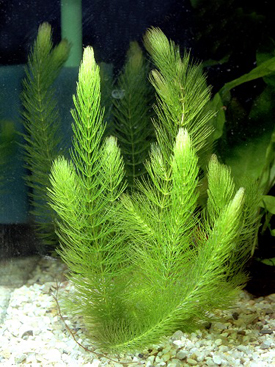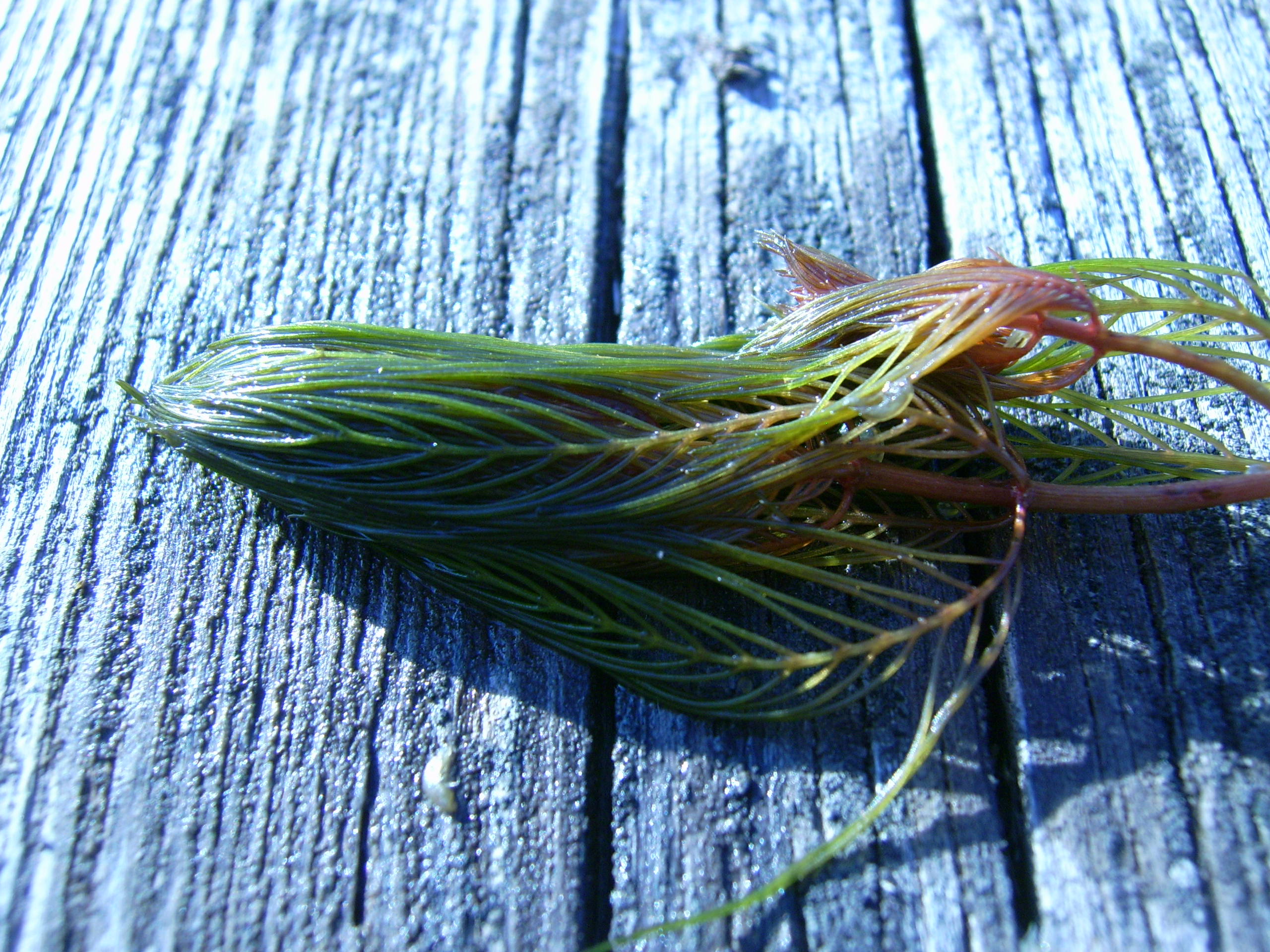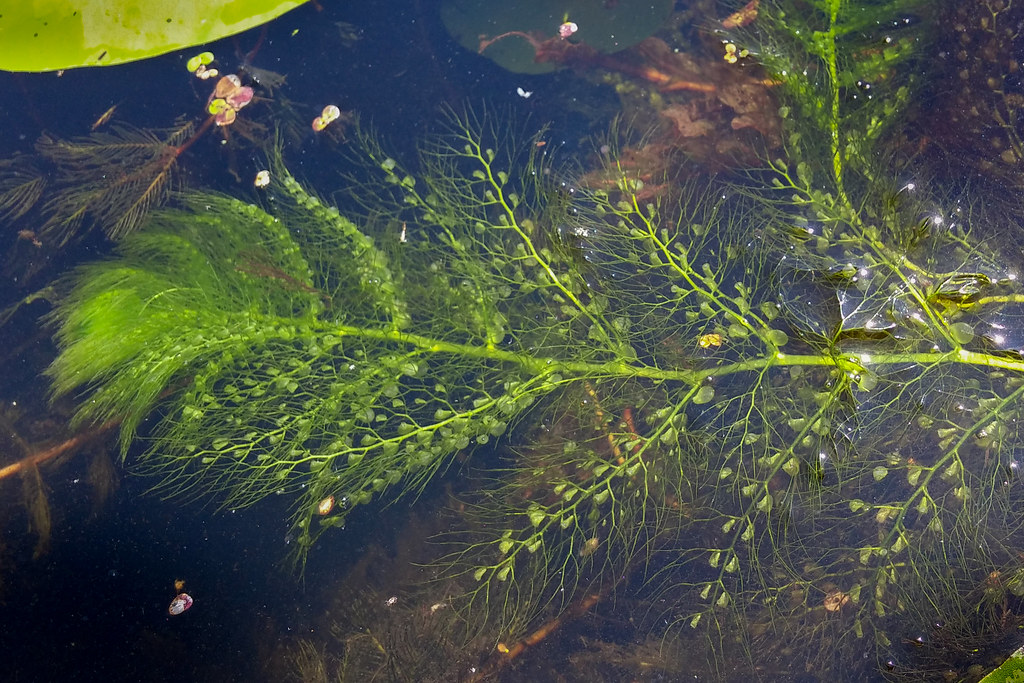Valparaiso Lakes Aquatic Vegetation Management Plan Update
Executive Summary
Lake & Pond Biologists was contracted by the Valparaiso Lakes Area Conservancy District to update their Aquatic Vegetation Management Plan for Flint and Long Lakes. The financing for this update was provided by the Indiana Department of Natural Resources (IDNR) and the Lake and River Enhancement Program (LARE). The first LARE aquatic plant survey for Flint Lake was completed in 2006 and in 2007 for Long Lake by Aquatic Control Inc. which indicated the need for Eurasian watermilfoil control. Other surveys and management have been completed since then due to the presence of Eurasian watermilfoil and curly-leaf pondweed.


Coontail
Ceratophyllum demersum, commonly known as hornwort, rigid hornwort, coontail, or coon’s tail, is a species of Ceratophyllum. It is a submerged, free-floating aquatic plant, with a cosmopolitan distribution, native to all continents except Antarctica. It is a harmful introduced weed in New Zealand. It is also a popular aquarium plant.
Ceratophyllum demersum grows in lakes, ponds, and quiet streams with summer water temperatures of 15-30 °C and a rich nutrient status. In North America, it occurs in the entire US and Canada, except Newfoundland. In Europe, it has been reported as far north as at a latitude of 66 degrees in Norway.Other reported occurrences include China, Siberia (at 66 degrees North), Burkina Faso and in the Volta River in Ghana (Africa), Vietnam, and New Zealand (introduced). Ceratophyllum demersum grows in still or very slow-moving water.

Eurasian watermilfoil
Myriophyllum spicatum (Eurasian watermilfoil or spiked water-milfoil) is native to Europe, Asia, and north Africa, but has a wide geographic and climatic distribution among some 57 countries, extending from northern Canada to South Africa.It is a submerged aquatic plant, grows in still or slow-moving water, and is considered to be a highly invasive species.
Eurasian watermilfoil has slender stems up to 250 centimetres (8.2 ft) long. The submerged leaves (usually between 15–35 mm long) are borne in pinnate whorls of four, with numerous thread-like leaflets roughly 4–13 mm long. Plants are monoecious with flowers produced in the leaf axils (male above, female below) on a spike 5–15 cm long held vertically above the water surface, each flower is inconspicuous, orange-red, 4–6 mm long. Eurasian water milfoil has 12- 21 pairs of leaflets while northern watermilfoil M. sibiricum only has 5–9 pairs. The two can hybridize and the resulting hybrid plants can cause taxonomic confusion as leaf characters are intermediate and can overlap with parent species.

Common Bladderwort
Utricularia vulgaris (greater bladderwort or common bladderwort) is an aquatic species of bladderwortfound in Asia and Europe. The plant is a free-floating and does not put down roots. Stems can attain lengths of over one metre in a single growing season, but die back and form turions in winter. The leaves are finely pinnately divided, between one and eight centimetres long and carry many bladder-like traps. The yellow flowers are borne on stalks above the surface of the water between April and August. In eastern Asia and North America, its place is taken by the related species U. macrorhiza.

